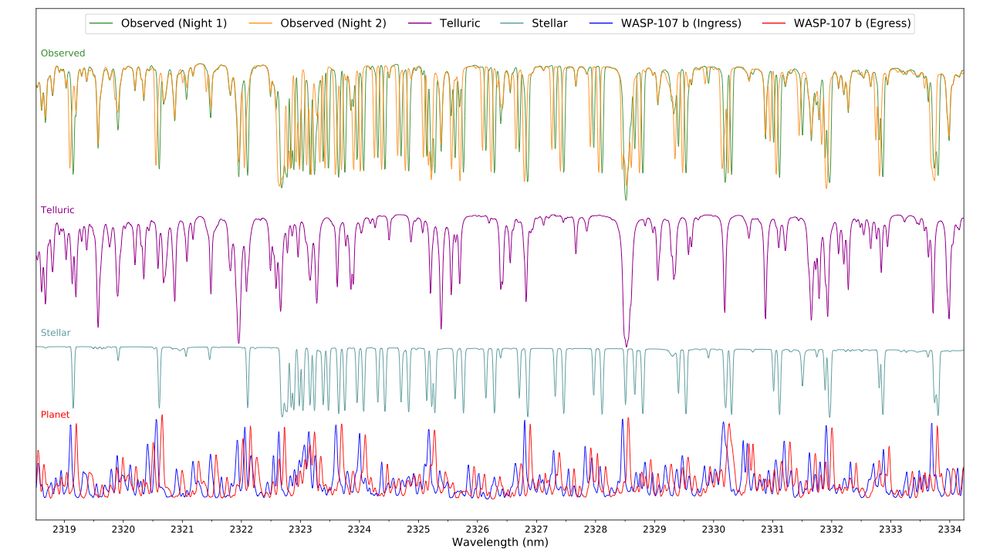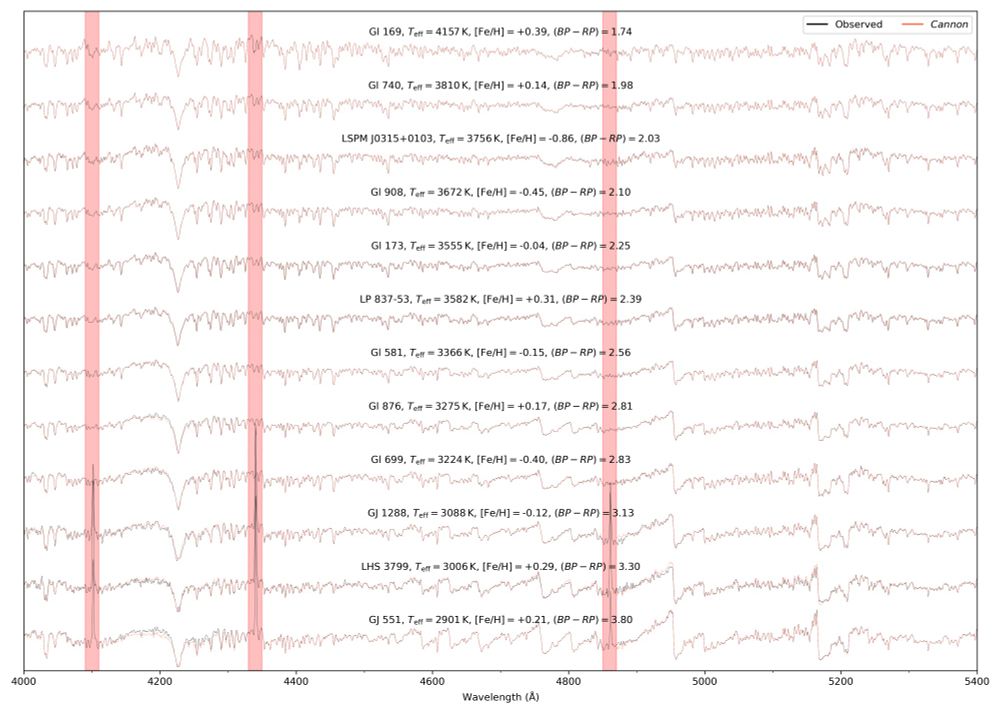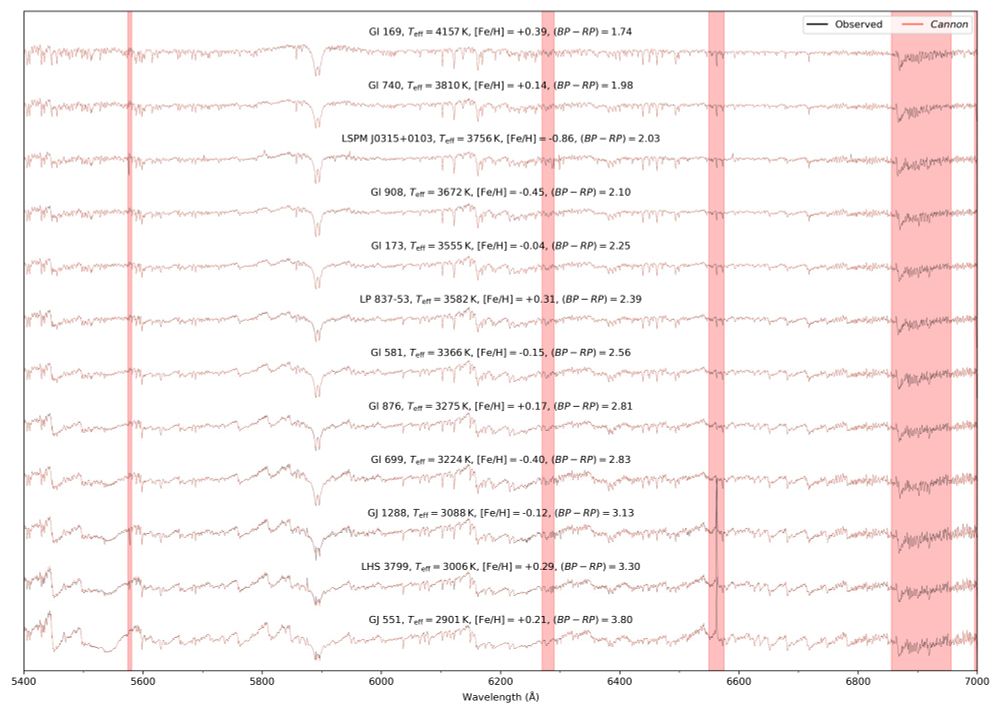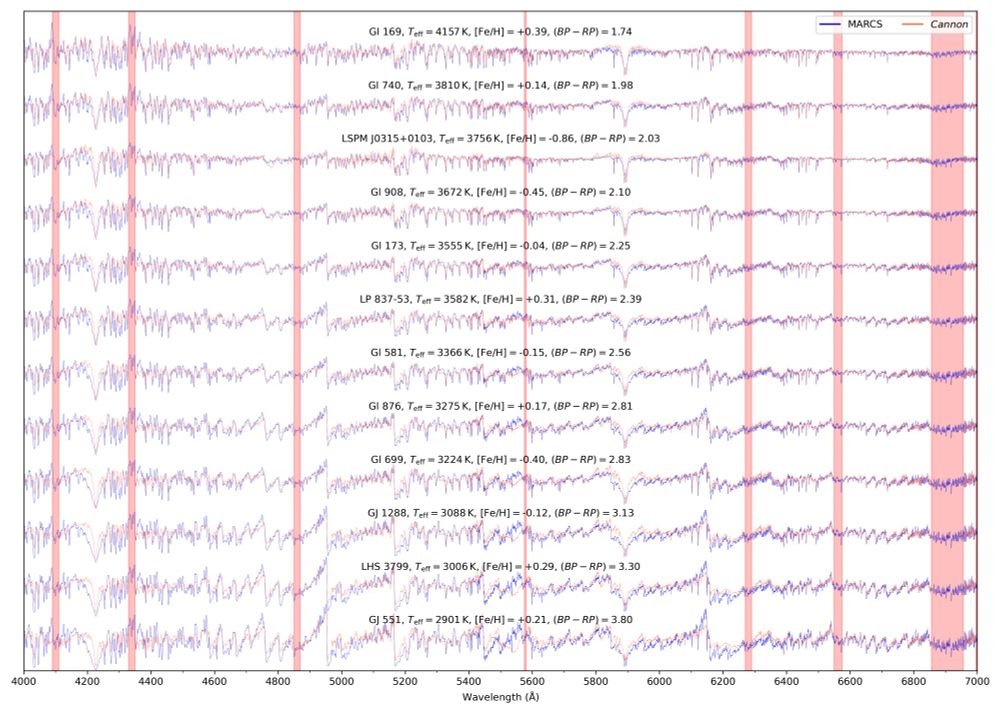Adam Rains
@spectraltypos.bsky.social
310 followers
910 following
15 posts
astronomer & science communicator, 🇦🇺➡️🇸🇪➡️🇨🇱, he/him
https://adrains.github.io/
Posts
Media
Videos
Starter Packs
Adam Rains
@spectraltypos.bsky.social
· Feb 23






